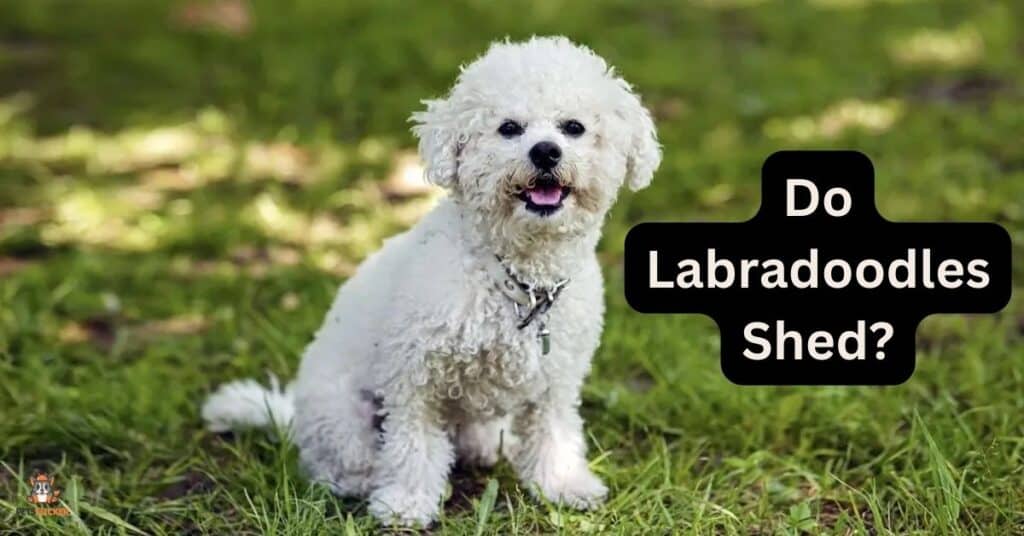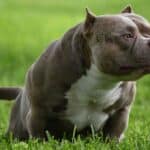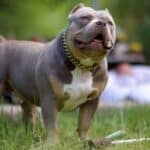Labradoodles shed minimally due to their poodle lineage, making them a great choice for allergy sufferers seeking a low-shedding pet. Their unique coat combines the best of both breeds, offering a manageable grooming routine and less cleanup around the house.
Labradoodles are known for their minimal shedding thanks to their poodle genes. This makes them a popular choice for those with allergies or who prefer a cleaner home environment. Their curly or wavy coat texture helps trap loose fur, reducing the amount of hair they leave around the house.
Regular grooming, including brushing and occasional trims, can help keep a Labradoodle’s shedding to a minimum. Overall, they offer a balance of a fluffy coat and manageable shedding, making them a beloved option for families and individuals seeking a low-shedding companion.
Shedding in Labradoodles
Labradoodles are known for their low-shedding coats, making them suitable for allergy sufferers and those who prefer less cleanup. Their shedding varies based on factors like coat type and grooming routine. Regular brushing and professional grooming can significantly reduce shedding in Labradoodles, keeping their coats healthy and manageable.
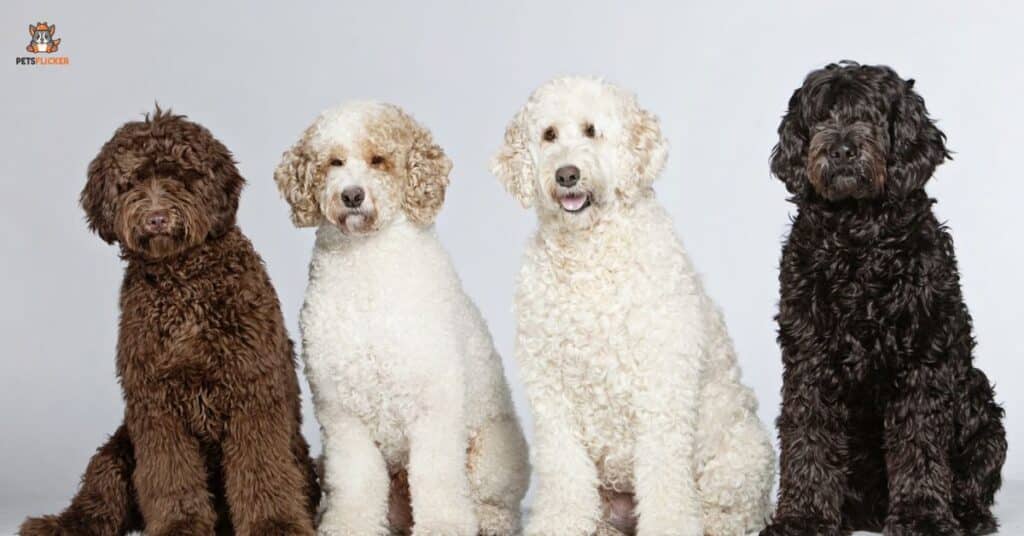
| Shedding Level | Description |
| Low | Minimal shedding, suitable for allergies |
| Moderate | Some shedding, requires regular grooming |
| High | Significant shedding, more maintenance |
| Variable | Shedding can vary widely among individuals |
This table provides a quick reference for understanding shedding levels in Labradoodles, helping potential owners make informed decisions about grooming needs.
Coat Maintenance
Maintaining a Labradoodle’s coat involves regular brushing to prevent matting and reduce shedding. Depending on the coat type (curly, wavy, or straight), brushing frequency may vary from weekly to daily to keep the coat healthy and free of tangles.
Professional grooming every 4 to 8 weeks helps maintain coat health, trims excess hair, and promotes a neat appearance. This routine ensures that Labradoodles stay comfortable and their coats remain manageable for both owners and their furry companions.
Shedding Factors
Genetics: Labradoodles inherit shedding traits from their parent breeds, with poodle lineage contributing to low shedding and other factors influencing individual variation.
Coat Type: The texture and thickness of a Labradoodle’s coat, whether curly, wavy, or straight, can impact shedding levels.
Grooming Routine: Regular brushing and professional grooming help control shedding by removing loose fur and preventing matting.
Seasonal Changes: Some Labradoodles may experience increased shedding during seasonal changes, especially in the transition between winter and summer.
Health and Diet: A healthy diet and overall well-being can also influence shedding, with nutritional deficiencies or health issues potentially affecting coat condition.
Environmental Factors: Environmental conditions, such as indoor vs. outdoor living, humidity levels, and exposure to allergens, can play a role in shedding patterns.
Related Article: Rage Syndrome In Dogs
Shedding Management
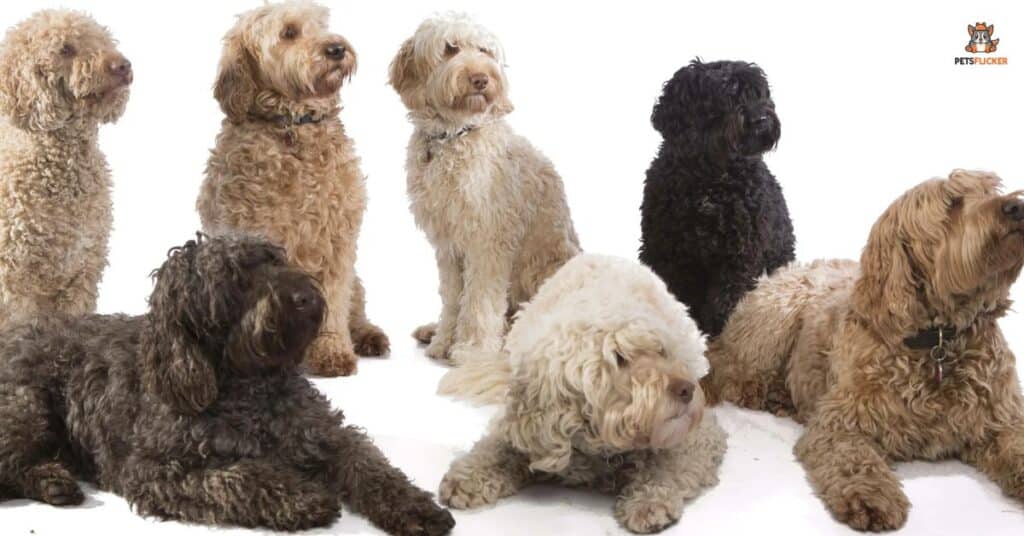
To effectively manage shedding in Labradoodles, establish a consistent grooming routine that includes regular brushing and professional grooming sessions. This helps prevent matting, removes loose fur, and promotes a healthy coat.
Provide a balanced diet rich in essential nutrients to support coat health and reduce excessive shedding. Creating a comfortable indoor environment with proper ventilation and regular cleaning also minimizes allergens and helps manage shedding levels effectively.
Shedding Patterns
Shedding patterns in Labradoodles can vary widely based on factors such as genetics, coat type, and overall health. Some Labradoodles may exhibit minimal shedding throughout the year, while others may experience seasonal shedding during certain times.
Understanding your Labradoodle’s shedding patterns can help you implement an effective grooming schedule to manage shedding more efficiently. For example, during seasonal shedding periods, more frequent brushing and grooming sessions may be necessary to keep loose fur under control.
By observing and adapting to your Labradoodle’s shedding patterns, you can maintain a clean and healthy coat for your furry friend while minimizing the impact of shedding on your home environment. Regular grooming and attention to factors like diet and exercise also play key roles in managing shedding effectively.
Grooming Tips
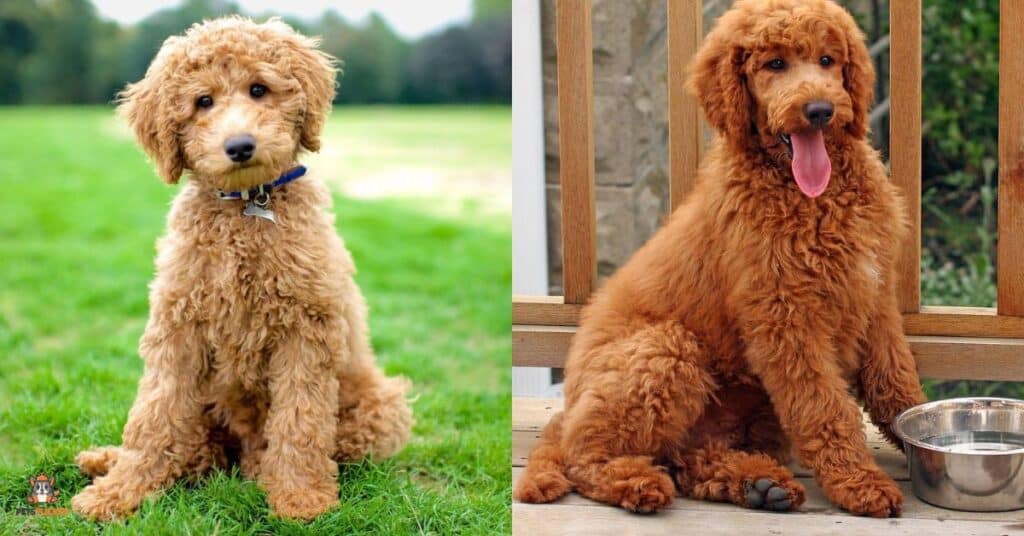
- Use a slicker brush or comb designed for Labradoodles’ coat type to effectively remove loose fur and prevent matting.
- Trim excess hair around the eyes, ears, and paw pads regularly to maintain cleanliness and prevent irritation.
- Bathe your Labradoodle as needed with a gentle dog shampoo to keep their coat clean and healthy without stripping natural oils.
- Check for and remove any mats or tangles gently using detangling spray and a slicker brush to avoid discomfort.
- Visit a professional groomer every 4 to 8 weeks for a full grooming session, including trimming and shaping the coat as needed.
- Maintain a healthy diet rich in nutrients to support coat health and reduce excessive shedding.
- Regularly check for ticks, fleas, or other parasites during grooming sessions and consult a veterinarian if needed.
Health Factors Impacting Labradoodle Shedding
- Dietary Balance: Ensure your Labradoodle’s diet includes omega-3 fatty acids, which promote healthy skin and coat, reducing shedding.
- Hydration: Proper hydration supports skin health, preventing dryness and excessive shedding.
- Regular Exercise: Keeping your Labradoodle active helps maintain overall health, which can reflect in reduced shedding.
- Allergies: Addressing any allergies promptly can minimize skin irritation and subsequent shedding.
- Parasite Control: Regular vet check-ups and parasite prevention measures like flea and tick treatments can reduce stress-induced shedding.
- Hormonal Imbalance: Consult with your vet if you notice any signs of hormonal issues, as these can affect coat quality and shedding.
- Skin Conditions: Treat any skin conditions promptly to prevent itching and scratching that lead to increased shedding.
- Environmental Factors: Control indoor humidity levels to prevent dry skin, a common cause of excessive shedding.
- Stress Management: Minimize stress through a stable routine and positive interactions, as stress can contribute to increased shedding.
- Regular Grooming: Brushing your Labradoodle regularly not only removes loose fur but also stimulates oil production for a healthier coat and reduced shedding.
Debunking Common Myths About Labradoodle Shedding
Labradoodles are often misunderstood when it comes to shedding. One common myth is that all Labradoodles are hypoallergenic and don’t shed at all. However, the truth is that Labradoodles can vary in their shedding tendencies based on their coat type and genetics.
Another myth is that only F1 Labradoodles, a first-generation cross, shed less. In reality, multigenerational Labradoodles can also have low-shedding coats. Understanding these myths can help prospective Labradoodle owners make informed decisions about grooming and care.
Related Article: Chemical Castration In Dogs: A Comprehensive Guide
Lifestyle Considerations for Choosing a Low-Shedding Labradoodle
When considering a Labradoodle with minimal shedding, lifestyle plays a crucial role. Opting for a smaller-sized Labradoodle can be beneficial for those living in apartments or smaller homes, as they require less space. Additionally, choosing a Labradoodle with a fleece or wool coat type tends to shed less compared to other coat varieties.
Regular grooming is essential for maintaining a low-shedding Labradoodle. Make sure to schedule routine brushing sessions to remove loose fur and prevent mats. Furthermore, providing a balanced diet rich in nutrients like omega-3 fatty acids can promote a healthy coat and reduce shedding.
Frequently Asked Questions
Are Labradoodles suitable for allergy sufferers?
Yes, Labradoodles are often a great choice for allergy sufferers due to their minimal shedding, especially those with fleece or wool coat types.
How can regular grooming help manage shedding in Labradoodles?
Regular grooming, including brushing and professional grooming every few weeks, can significantly reduce shedding by removing loose fur and preventing matting.
What factors influence the shedding levels in Labradoodles?
Genetics, coat type (curly, wavy, or straight), grooming routine, health, diet, and environmental conditions all play a role in determining shedding levels in Labradoodles.
Do Labradoodles shed more during certain seasons?
Some Labradoodles may experience increased shedding during seasonal changes, especially in the transition between winter and summer.
Can lifestyle choices affect Labradoodle shedding?
Yes, lifestyle choices such as diet, exercise, grooming frequency, and indoor environment can impact Labradoodle shedding levels.
Are Labradoodles hypoallergenic?
Labradoodles are not entirely hypoallergenic, but they are often a better choice for those with allergies due to their low-shedding coat types.
Final words
Labradoodles are renowned for their low-shedding coats, making them a popular choice for families, allergy sufferers, and individuals who prefer less cleanup. Their unique blend of genetics, including poodle lineage, contributes to their minimal shedding tendencies. With proper grooming and care, Labradoodles can maintain a healthy coat while shedding minimally, offering a balance between a fluffy appearance and manageable maintenance.
Labradoodles do shed to some extent, their shedding is typically minimal and manageable compared to many other dog breeds. By understanding their coat types, grooming needs, and lifestyle factors, prospective owners can enjoy the companionship of a Labradoodle with reduced concerns about excessive shedding, creating a harmonious and clean home environment.

Elax is a seasoned writer with five years of experience specializing in articles focused on pets. His passion for animals and extensive knowledge shines through his engaging and informative writing style, captivating readers with insights into pet care and companionship. With a knack for crafting compelling content, Elax brings a wealth of expertise to the realm of pet-centric literature on your website.

